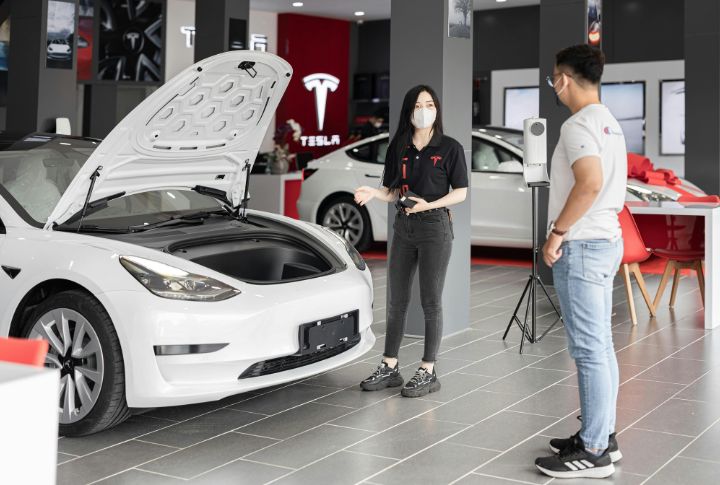
Walk onto a used-car lot, and everything seems straightforward. That impression changes once you notice how the sales process is set up around their goals instead of yours. The points ahead lay out the habits that put buyers at a disadvantage. Keep reading so those details don’t slip past you.
Inflated Sticker Prices

Dealership prices look authoritative at first glance, but that confidence comes from markups and add-ons worked into the number long before you arrive. What seems like a fair starting point is actually a padded figure. Once you accept it as usual, the entire negotiation shifts in their favor.
Hidden Fees And Add-Ons

You sit down to sign, thinking the agreement matches what you discussed. Then the paperwork shows extra packages and unexpected charges tucked between routine items. It feels minor in the moment, but those additions turn a reasonable purchase into something heavier, which proves how easily dealerships reshape a deal at the finish line.
Aggressive Sales Tactic

People assume dealerships direct shoppers patiently. In reality, some rely on pressure, urgency claims, and dragged-out conversations to wear customers down. The tactic isn’t about helping you choose. It’s about creating conditions where resisting upsells becomes harder, and making the environment work for them rather than for you.
Limited Negotiation Room

When a dealer blocks any attempt to adjust the listed number, the conversation stalls instantly. That refusal limits your control and traps you inside their framing of the car’s value. The result is simple: you walk into a negotiation and leave with a fixed figure you never had real input on.
Questionable Vehicle Histories

Missing repair records or vague explanations raise more than curiosity—they create blind spots. Without a complete picture of previous issues, you inherit problems that should have been disclosed. What sounds small becomes risky because an incomplete history means the dealership knows more about the car than you do at the moment you decide.
Overpriced Financing Packages

A dealer-approved loan appears convenient until you notice the rate sits higher than what independent lenders offer. The difference may seem subtle, but it compounds over the life of the agreement. That quiet increase means the dealership collects more from financing than from giving you a fair pathway to ownership.
Mandatory Extended Warranties

Some dealerships label certain protections as “required,” even though they are not. This move exists because warranty sales produce steady revenue for the store. Once you know that, the insistence becomes clearer: the push reflects internal targets, not your practical needs, and the buyer ends up paying for coverage chosen to hit someone else’s quota.
Cosmetic Fixes Masking Issues

A spotless interior or fresh exterior suggests a well-kept car, which naturally lowers your guard. Dealerships rely on that reaction because a polished surface distracts from underlying concerns. By appealing to appearance, they guide your focus away from areas that actually reveal how the vehicle performs once the shine wears off.
Manipulated Test Drive Conditions

Most people expect a test drive to reveal how a car behaves under normal conditions. Dealerships sometimes limit routes to gentle roads or short loops, hiding noise and handling issues. That gap between expectation and the curated reality prevents you from experiencing the car the way you would outside of its control.
Reduced Transparency In Title Transfers

Complicated paperwork or unclear ownership information becomes a problem long after the purchase if the dealer doesn’t handle it properly. When details around the title feel uncertain, the entire process becomes unstable. After reviewing every other concern, this final issue reinforces why buying used through a dealership is too risky.

